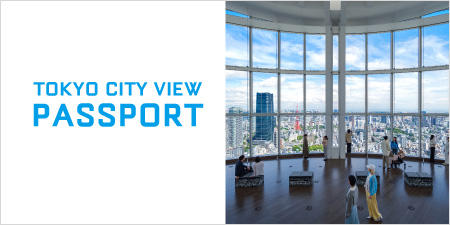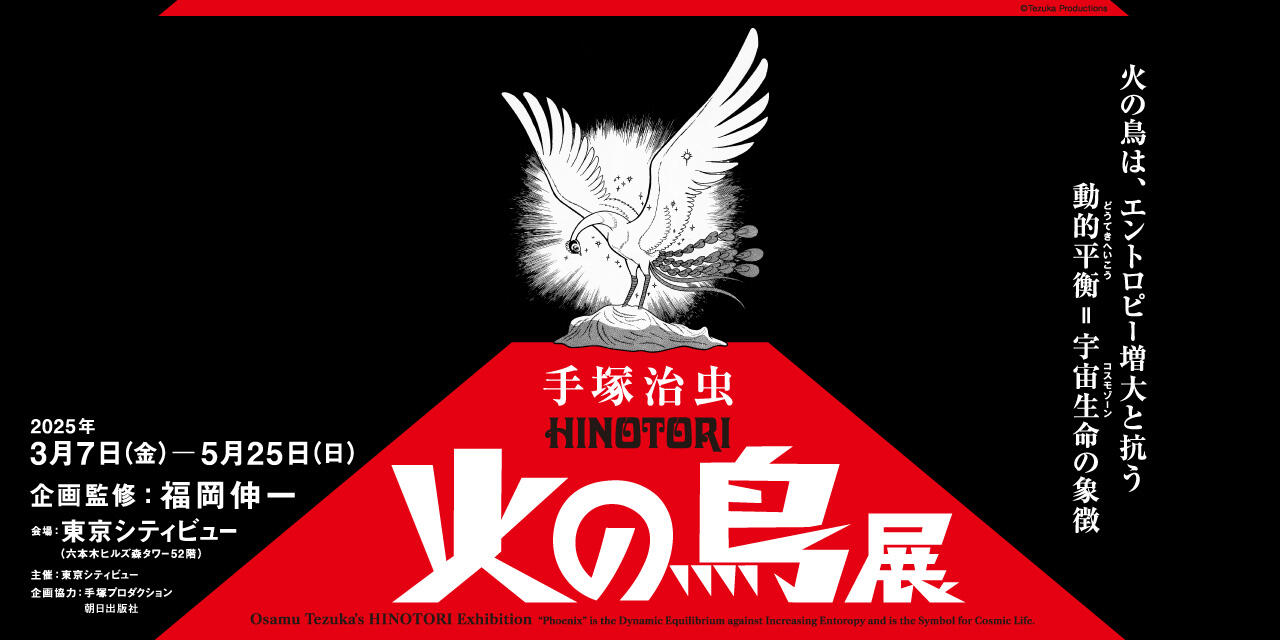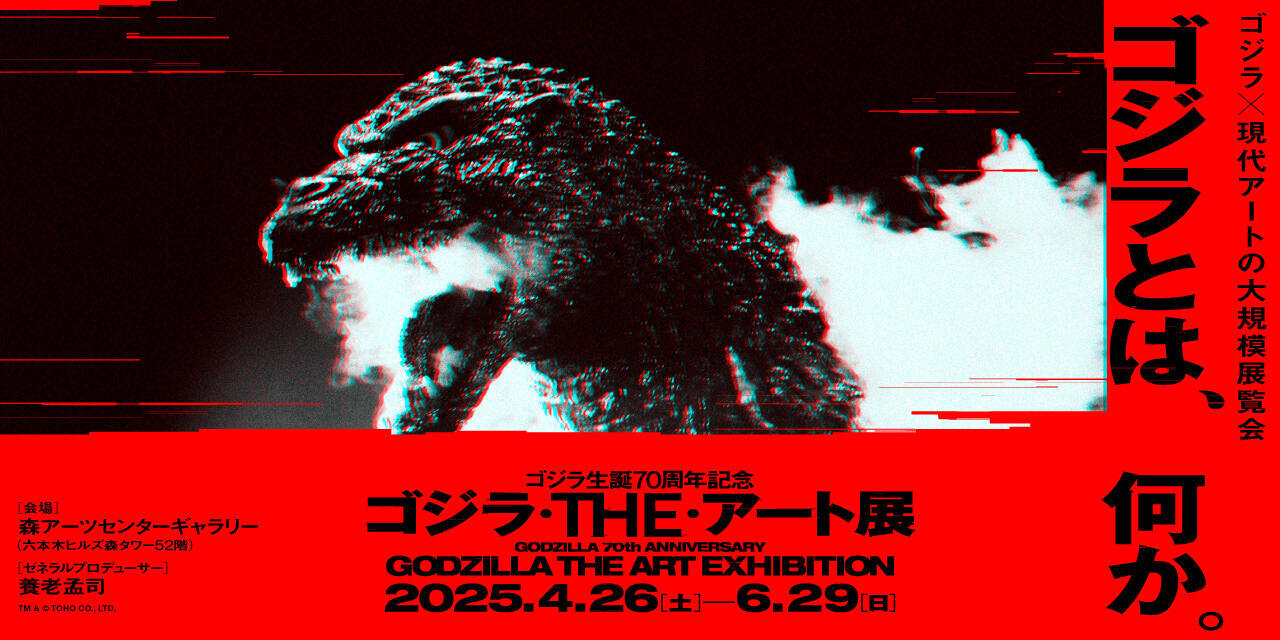Sodeisha was a group of ceramicists formed in Kyoto in 1948, and active for a full half-century up to its disbandment in 1998. The group’s longevity, and the fact that many leading figures of the Japan’s postwar ceramics were its members, assures Sodeisha a special place in Japanese ceramic history.
At its launch, Sodeisha centered around Yagi Kazuo, and included Suzuki Osamu, Yamada Hikaru, Matsui Yoshisuke and Kano Tetsuo, all up-and-coming artists based in and around the Kyoto neighborhood of Gojozaka, traditional home of Kyoyaki (Kyoto ware). The traditions of Kyoyaki formed a backdrop to the emergence of Sodeisha, as did connections with the avant-garde art that appeared in the Kyoto-Osaka-Kobe area soon after the war, practiced by the likes of the Gutai Art Association, Pan-Real Art Association, Bokujinkai, and Ikenobo.
This edition of MAM Research examines photographs of works by Sodeisha artists and other materials to explore the background and factors underlying the artists’ activities at the time of the group’s formation.(*) In addition, Nakamura Yuta, artist and co-curator of the exhibition, presents an experimental installation analyzing the “transition of form” seen in contemporary ceramics in the 1950s and 1960s. Through these exhibits, MAM Research 007 reflects on the activities of a group of ceramicists on a quest for new forms of expression in the interspace between tradition and innovation, and analyzes their significance in contemporary ceramic art.
* Artworks by Sodeisha artists are NOT exhibited at MAM Research 007.

Gojozaka (Kyoto), 1954
Photo courtesy: Yagi Akira

© Yagi Akira

Gojozaka (Kyoto), 1954
Photo courtesy: Yagi Akira

© Yagi Akira



 About “MAM Research”
About “MAM Research”




